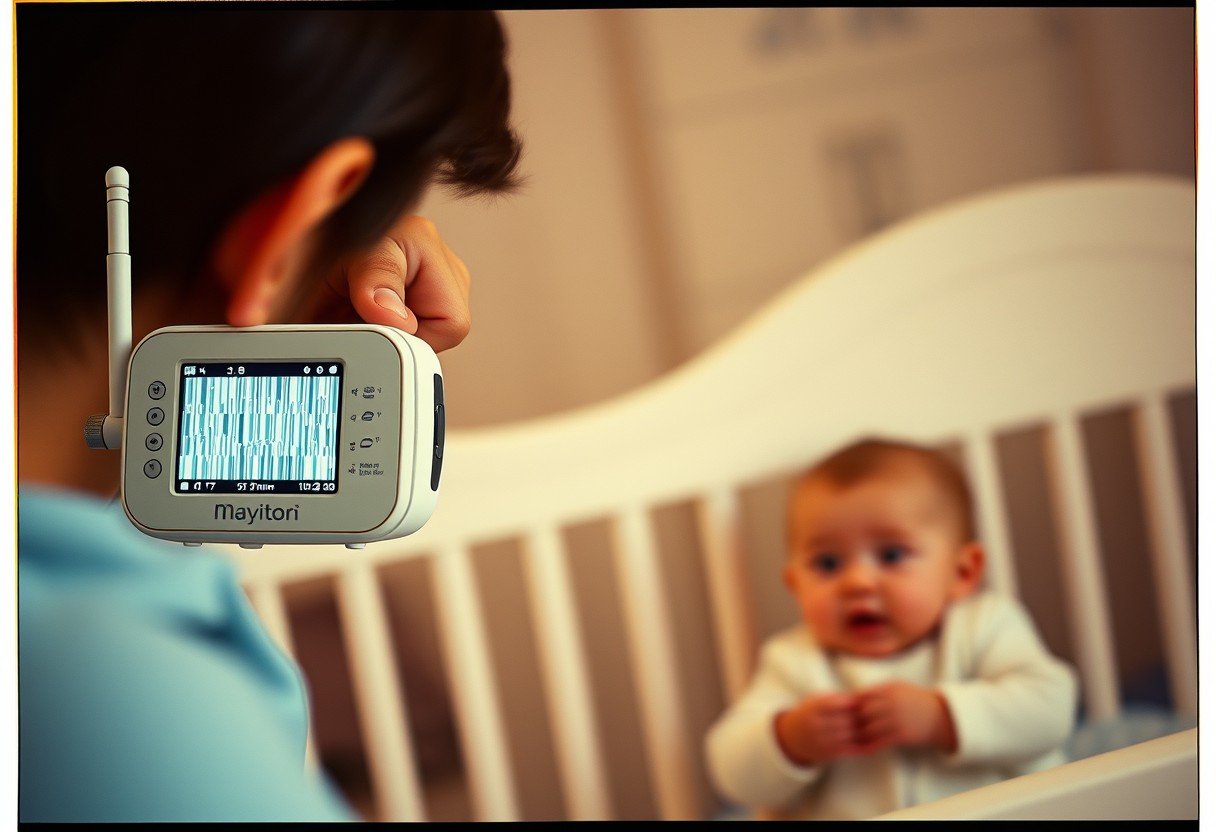When you are boating at night, spotting a single white light directly ahead is a critical moment that demands your immediate attention. This light signifies another vessel, and knowing how to react is essential for preventing a collision. Your actions in the next few moments, guided by maritime rules, will ensure your safety and the safety of everyone else on the water. This guide explains what that light means and the proper steps you should take.
What a Single White Light Typically Indicates
Correctly interpreting navigation lights is a fundamental skill for any boater. A single white light can have several meanings, and your response depends on identifying the most likely scenario.
Most often, a single white light seen from your vessel indicates you are approaching another boat from behind. This is its stern light. It could also be an all-around white light, which is used on power-driven vessels less than 12 meters long or on any vessel at anchor.
Seeing this light means you must determine if you are on a collision course. You need to figure out the other vessel’s size, speed, and direction to make a safe and informed decision. Never assume the other boater has seen you.
Understanding the Basics of Navigation Lights
To navigate safely at night, you must understand what different colored lights mean. These lights are the language of the sea after dark, communicating a vessel’s status and direction of travel.
Each color and position provides vital information to help you avoid a collision. The basic system is universal, so boaters everywhere can understand each other’s movements without verbal communication. Familiarity with these lights is not just recommended; it is a legal requirement.
Here is a simple breakdown of the most common navigation lights you will encounter.
| Light Color | Meaning and Location |
|---|---|
| Green | Indicates the starboard (right) side of a vessel. |
| Red | Indicates the port (left) side of a vessel. |
| White | Indicates the stern (rear) of a vessel or an all-around light. |
If you see both a red and a green light, a vessel is heading directly toward you. If you see only a green light, it is moving across your path from left to right. If you see only a red light, it is moving across your path from right to left.
Your First Steps after Spotting the Light
Once you spot a single white light ahead, you must act calmly and deliberately. Panic can lead to poor decisions. The first and most important step is to assess the situation carefully before maneuvering your boat.
Slow your boat down immediately. Reducing your speed gives you more time to evaluate the other vessel’s movement and decide on the safest course of action. It also reduces the size of your wake, which can be hazardous to smaller vessels.
Next, you should try to determine if the risk of collision exists. You can do this by watching the light in relation to a fixed point on your boat, like a window frame or stanchion. If the bearing of the light does not change and the distance is decreasing, you are on a collision course.
Applying the Navigation ‘Rules of the Road’
Maritime navigation is governed by the International Regulations for Preventing Collisions at Sea, commonly known as ColRegs. These rules dictate how vessels should interact to avoid accidents. When you see a single white light, you are likely in an overtaking situation.
The rules are very clear in this scenario:
- The Overtaking Vessel: The vessel that is overtaking another is called the “give-way” vessel. It is responsible for keeping out of the way of the vessel being overtaken.
- The Overtaken Vessel: The vessel being passed is the “stand-on” vessel. It should maintain its course and speed.
If you are approaching a single white light from behind, you are the give-way vessel. You must alter your course to pass the other boat safely. You can pass on either the port (left) or starboard (right) side, as long as you give the other boat plenty of room.
Make your course alteration early and substantial enough to be readily apparent to the other boater. Small, hesitant changes can create confusion and increase the risk of a collision.
How to Maneuver Your Vessel for Safety
Proper maneuvering is key to avoiding a dangerous situation. After you have assessed the risk and understand your responsibility as the give-way vessel, you need to execute a safe pass.
The safest maneuver is typically to make a bold turn to starboard (right) and pass the vessel with it on your port (left) side. However, the situation may require you to pass on its starboard side. Communicate your intentions if necessary using the proper sound signals. One short blast from your horn means “I intend to leave you on my port side,” and two short blasts mean “I intend to leave you on my starboard side.”
Always maintain a vigilant watch during and after the maneuver. Look for other boats, navigation aids, or hazards in the water. Never assume you are the only two vessels in the area.
Preparing Your Boat for Night Operation
Safe nighttime boating begins before you even leave the dock. Proper preparation and equipment checks are essential to handle any situation that might arise in low-light conditions.
Before heading out, perform a thorough check of all your equipment. This simple routine can prevent a minor issue from turning into a serious emergency on the water.
Your pre-departure checklist should include:
- Check All Navigation Lights: Ensure your red, green, and white lights are all functioning correctly. Carry spare bulbs and fuses.
- Test Communication Devices: Make sure your VHF radio is working and you know how to use it. A charged cell phone in a waterproof case is a good backup.
- Inspect Safety Gear: Confirm you have enough personal flotation devices for everyone on board, as well as flares, a horn or whistle, and a first-aid kit.
- Familiarize Yourself with Your Route: Review charts and plan your trip to avoid known hazards like shoals or submerged objects, which are much harder to spot at night.
Having reliable equipment and being prepared for emergencies will give you the confidence to navigate safely after dark.
Frequently Asked Questions about Night Boating Lights
What is the most common meaning of a single white light directly ahead?
A single white light ahead most often means you are looking at the stern light of a vessel moving in the same direction as you, and you are overtaking it. It could also be an all-around light on a smaller boat or a vessel at anchor.
What is the very first thing I should do when I see this light?
Immediately reduce your speed to give yourself more time to assess the situation. Observe the light to determine if you are getting closer and if its bearing is changing to confirm if a risk of collision exists.
How do I know if I am the give-way or stand-on vessel?
If you are approaching another vessel from behind (seeing only its white stern light), you are the overtaking vessel and therefore the “give-way” vessel. You are required to stay clear of the boat you are passing.
What should I do if I am unsure of the other vessel’s intentions?
If you are uncertain, always err on the side of caution. Slow down further, maintain a safe distance, and be prepared to take evasive action. You can use your horn to signal your presence and intentions if you believe the other boater has not seen you.
Are there other potential meanings for a single white light?
Yes, while less common in open water, it could be a light on a dock, a buoy, or a very small, non-motorized craft like a rowboat, which is only required to have a flashlight or lantern to display in time to prevent a collision.








Leave a Comment